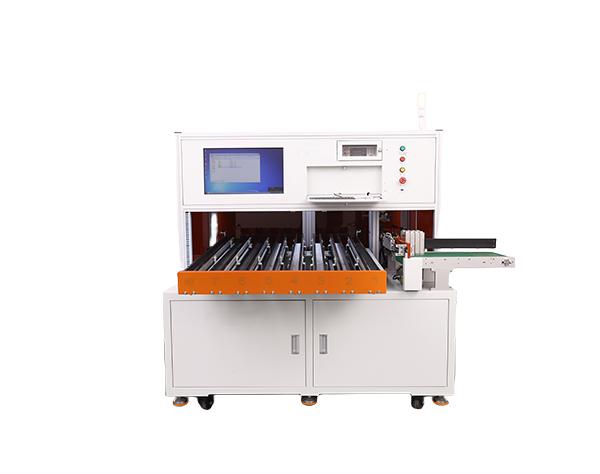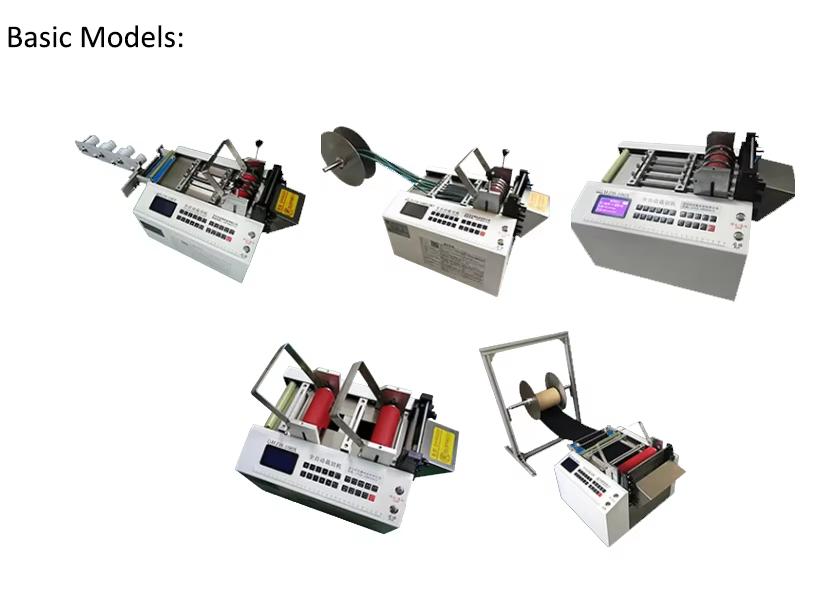What should be paid attention to in the routine maintenance of new energy electric vehicle battery packs?

The following points should be paid attention to in the routine maintenance of new energy electric vehicle battery packs:
1. Charging
Choose the right charging method
Give priority to slow charging: Slow charging has relatively less damage to the battery and can make the battery life longer. If time permits, try to use slow charging mode to charge the vehicle.
Avoid frequent fast charging: Although fast charging can replenish the battery in a short time, frequent fast charging will increase the battery temperature and have a certain impact on the battery life.
Control charging time and power
Avoid overcharging: When the battery is fully charged, the charger should be unplugged in time to avoid long-term overcharging. Overcharging may cause the battery to overheat, swell, and even cause safety accidents.
Do not over-discharge: Try to avoid charging after the battery is exhausted. Over-discharging will cause irreversible damage to the battery. It is generally recommended to charge when the battery power is 20% to 30% remaining.
Pay attention to the charging environment
Suitable temperature: When charging, choose to do it in a well-ventilated and temperature-appropriate environment. Too high or too low temperature will affect the performance and life of the battery. Generally speaking, the best charging temperature for the battery is around 25℃.
Avoid moisture: The charging area should be kept dry, and charging in a humid environment should be avoided to avoid safety accidents such as electric shock.
2. Usage
Smooth driving
Avoid sudden acceleration and sudden braking: sudden acceleration and sudden braking will cause the battery to output or absorb a large amount of current instantly, causing a greater impact on the battery and affecting the battery life. Try to maintain a smooth driving style to reduce battery loss.
Control the speed: Reasonably control the speed and avoid high-speed driving. When driving at high speed, the battery power consumption will increase, and the battery temperature will also increase, which will have an adverse effect on the battery life.
Reduce unnecessary use of electrical appliances
Turn off unnecessary electrical appliances: During driving, try to turn off unnecessary electrical appliances, such as radios, lights, etc., to reduce battery power consumption.
Avoid long-term use of air conditioners: Air conditioners are one of the main power-consuming devices of electric vehicles. Long-term use of air conditioners will reduce the vehicle's cruising range. When the weather is suitable, the use time of air conditioners can be appropriately reduced.
Regular driving
Avoid long-term parking: If the vehicle is parked for a long time without use, the battery will be in a self-discharge state, resulting in a gradual decrease in power. It is recommended to start the vehicle regularly and charge and discharge the battery once to maintain the activity of the battery.
Maintain a certain amount of power when parking for a long time: If the vehicle needs to be parked for a long time, the battery power should be kept between 50% and 80%, and the battery power should be checked regularly and charged in time.
3. Inspection and maintenance
Check the battery status regularly
Appearance inspection: Check the appearance of the battery pack regularly to see if there is any damage, deformation, leakage, etc. If any abnormality is found, contact a professional in time for treatment.
Power check: Check the battery power and mileage regularly through the vehicle dashboard or mobile phone APP to understand the battery usage.
Keep the battery clean
Clean the surface of the battery pack: Wipe the surface of the battery pack with a clean damp cloth regularly to remove dust and dirt to avoid affecting the heat dissipation performance of the battery.
Pay attention to waterproofing: Avoid contacting the battery pack with water to avoid safety accidents such as short circuits. When washing the car or encountering rainy days, pay attention to protecting the battery pack.
Follow the manufacturer's maintenance recommendations
Maintain according to the maintenance cycle and items specified by the manufacturer: The maintenance requirements of new energy electric vehicle battery packs of different brands and models may vary, and maintenance should be carried out strictly in accordance with the manufacturer's maintenance manual.
Go to a professional repair shop for regular inspection: Send the vehicle to a professional new energy vehicle repair shop for regular inspection and maintenance to ensure the performance and safety of the battery pack.
What is the service life of a new energy electric vehicle battery pack?
The service life of a new energy electric vehicle battery pack is generally around 5 to 10 years, but the specific service life will be affected by many factors.
1. Battery type
The main types of batteries currently used in new energy electric vehicles are ternary lithium batteries and lithium iron phosphate batteries.
Ternary lithium battery: high energy density and relatively long cruising range. Generally speaking, the cycle life of a ternary lithium battery is about 1,000 to 2,000 times. If a complete charge and discharge is considered a cycle, assuming that a car is charged and discharged once a day, then the ternary lithium battery can be used for about 3 to 6 years.
Lithium iron phosphate battery: better safety and relatively long cycle life, generally more than 2,000 times. Under the same conditions of use, the service life of lithium iron phosphate batteries may be longer than that of ternary lithium batteries, and can be used for about 5 to 8 years.
2. Use environment
Temperature: Both high and low temperatures will affect the battery life. Too high a temperature will accelerate the chemical reaction inside the battery, causing the battery capacity to decay and shorten its life; too low a temperature will reduce the battery performance and affect the range. Generally speaking, the optimal operating temperature of the battery is around 25°C.
Road conditions: Frequent driving on rough roads will cause the battery pack to be subjected to more vibration and impact, thereby affecting the battery life. Driving on flat roads has relatively little impact on the battery.
Driving habits: Bad driving habits such as sudden acceleration, sudden braking, and high-speed driving will cause the battery to output or absorb a large amount of current instantly, causing a greater impact on the battery and affecting the battery life. Smooth driving can extend the battery life.
3. Charging methods
Fast charging and slow charging: Frequent use of fast charging will increase the battery temperature and have a certain impact on the battery life. Slow charging is relatively less damaging to the battery and can extend the battery life.
Charging depth: Avoiding overcharging and over-discharging can extend the battery life. It is generally recommended to charge the battery when there is 20% to 30% remaining power, and unplug the charger in time after it is fully charged.
IV. Maintenance and care
Check the battery status regularly: Check the appearance, power, mileage, etc. of the battery pack regularly, find problems and deal with them in time.
Keep the battery clean: avoid the battery pack from being affected by dust, dirt and moisture, and maintain good heat dissipation performance.
Follow the manufacturer's maintenance recommendations: perform maintenance according to the maintenance cycle and items specified by the manufacturer, and regularly go to a professional repair shop for inspection and maintenance.
In summary, the service life of the battery pack of a new energy electric vehicle is affected by many factors, generally about 5 to 10 years. But if used and maintained properly, the battery pack may have a longer service life.







 粤公网安备 44030602007174号
粤公网安备 44030602007174号